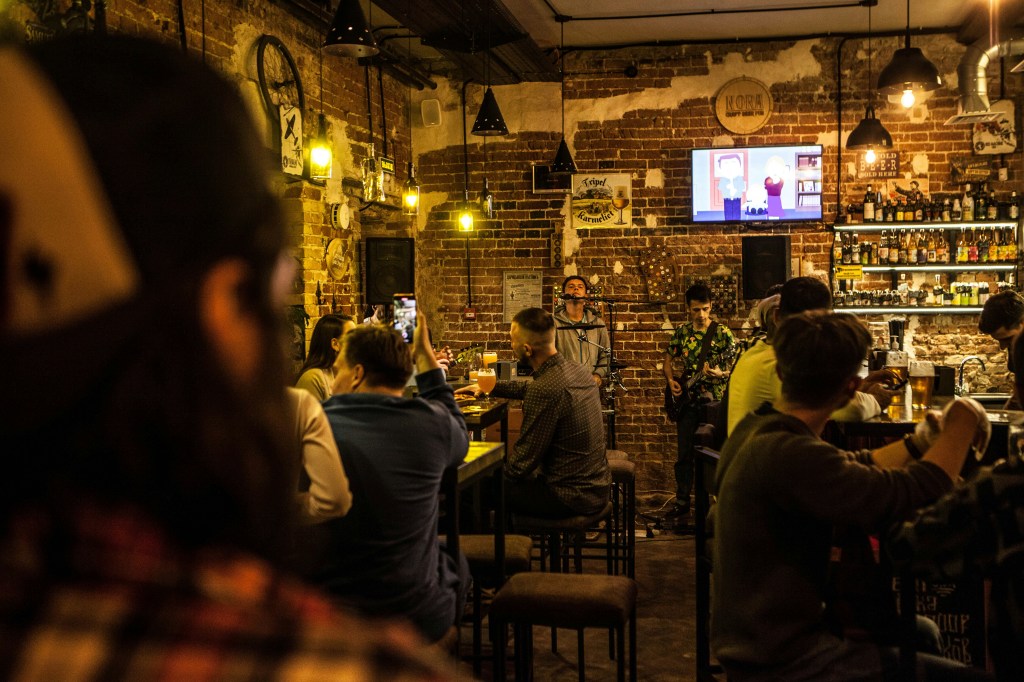Big-data analysis will educate you on how each store impacts your loyalty and how to get bottom-feeder stores to swim up the loyalty stream.
6 Ways for Improving Store Performance with Big Data and Personalization
- Associate each customer with a single store
- Identify lagging stores by comparing the share of Lapsing or Gone
- Understand shopper composition of lagging stores
- Evaluate store-level pricing and discount sensitivity
- Send personalized offers for shoppers in lagging stores
- Measure Visit Frequency to track progress of service improvement
Your stores were not born equal—some open with a splash and stay popular, attracting loyal customers while others have the traffic floating to your competitor across the street or on the Web. To understand why some stores encourage loyalty and others don’t is impossible without some rigorous big-data analysis unless you’ve got some magical intuition.
The goal of store-level analysis is to trawl for the why behind lagging stores. Is it because of mediocre service, inconvenient location, a shortage of transportation or fierce competition (with some of these applying to brick and mortar or online)? Find the stores that lag behind and take the first step in improving their performance.
Here’s how to do it in three stages.
Because some customers may shop in more than one branch, associate each customer with a single store. A robust analysis of the shopping basket will plumb the depths of where the customer shops most and associate him or her to the branch they frequent most often.

Now that you know which customer shops where, you progress to the second stage where you compare the weight of customers who are lapsing or gone across stores. To do that, we sum up the number of customers that we identified as lapsing or gone (see our previous blog post about loyalty tiers) and divide that figure by the number of customers from all other tiers.
How to address lagging stores
And now stage three! Run this analysis for every store to catch the benchmark that gives us a crystal image of which stores have a high lapsing or gone level as contrasted with the average. What can we do with this analysis in order to improve overall loyalty? Here are a few suggestions:
- Root cause analysis: Segment your customers to understand the shopper composition of your lagging stores and compare it to the rest of your stores. You can also analyze loyalty at a more granular level to understand more closely which customers are the ones leading the churn trend.
- For example, if churn is more severe among families, you may consider strengthening departments that appeal to them. Also, check which department leads curn. You can always get more detailed anlaysis using surveys, by surveying customers from your lagging branches to understand why they left. Compare results from a similar survey sent to your best performing branches.
- Measure and improve service: Check whether your service in those branches are not in par with the best performing ones. Longer lines? Dirty aisles? Surly employees? Address those issues fast! Visit frequency is a great measure to quickly track your progress.
- Evaluate pricing: While you may have similar prices across stores, maybe this store is pricier than the local competition. Check whether customers are leaving you for cheaper options.
- Send personalized offers for shoppers: Once you’ve addressed the issues that you discovered, it’s time to put fresh bait on the hook and cast a line directly to your gone or going customers. Bring customers back to the store by giving personalized offers to customers who shop primarily at lagging branches.
Store-level analysis is a powerful way to bring lagging branches upstream and improve your overall loyalty. It’s an effective way to address hard-to-detect store-level problems in a rigorous and effective manner.




